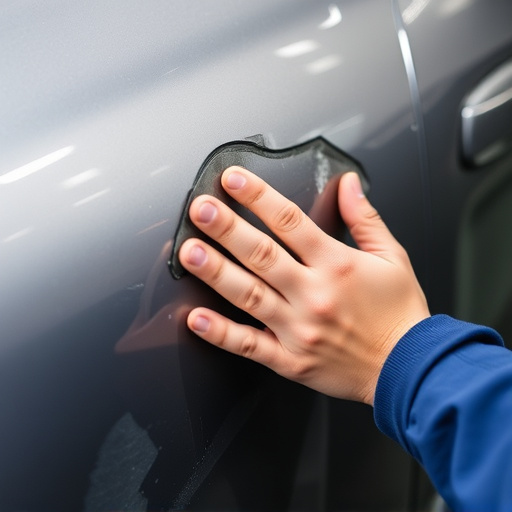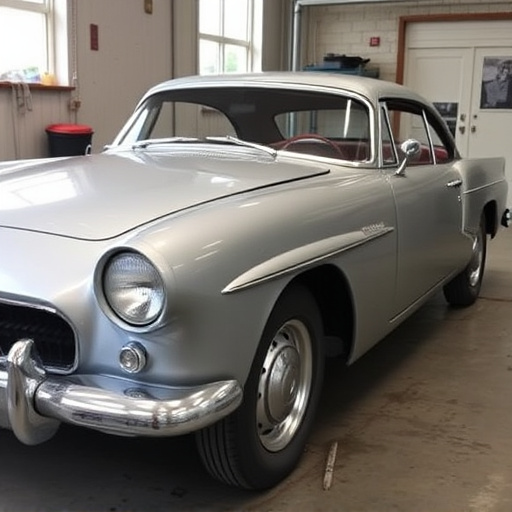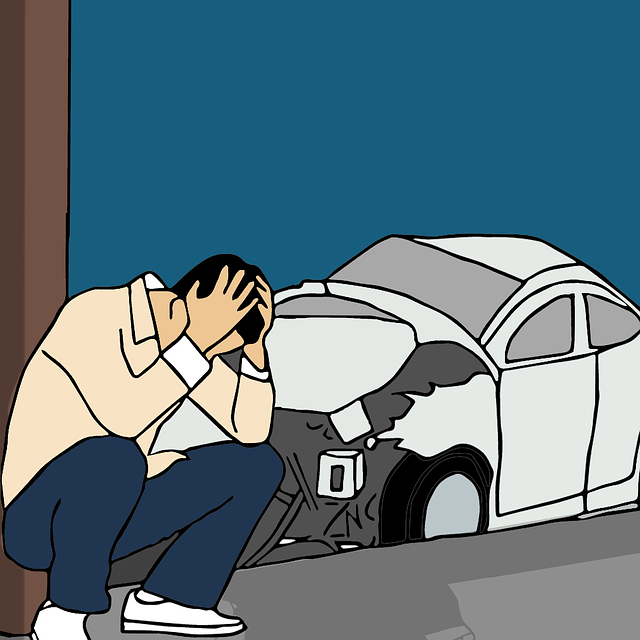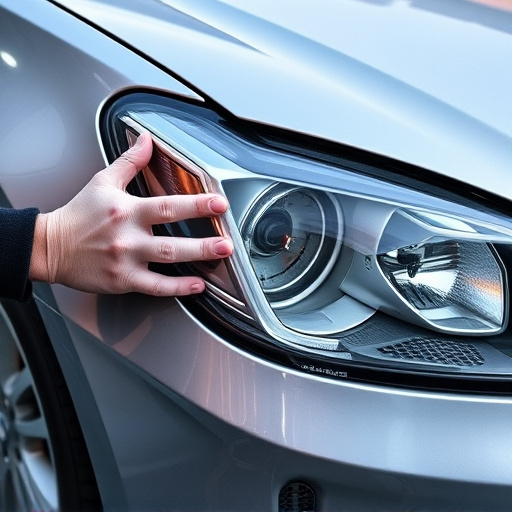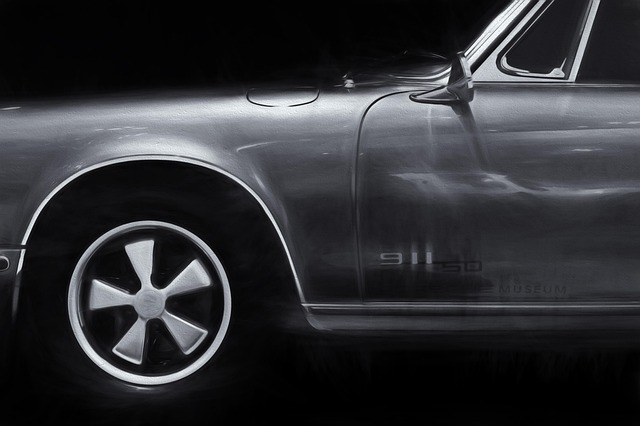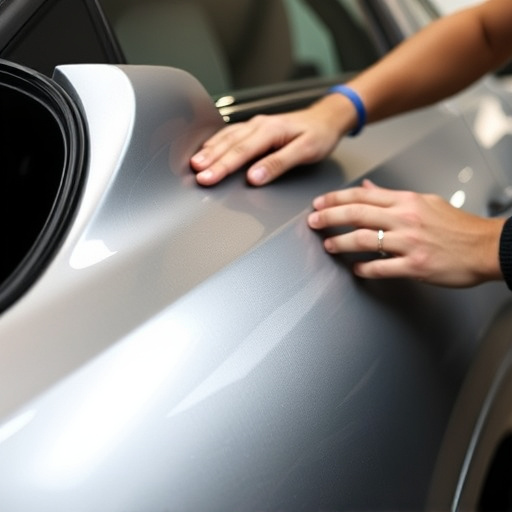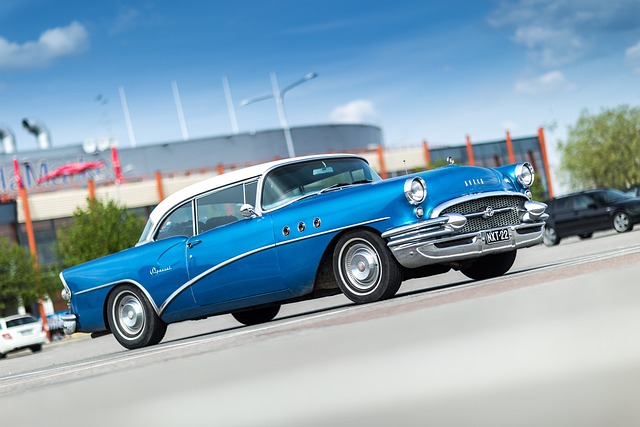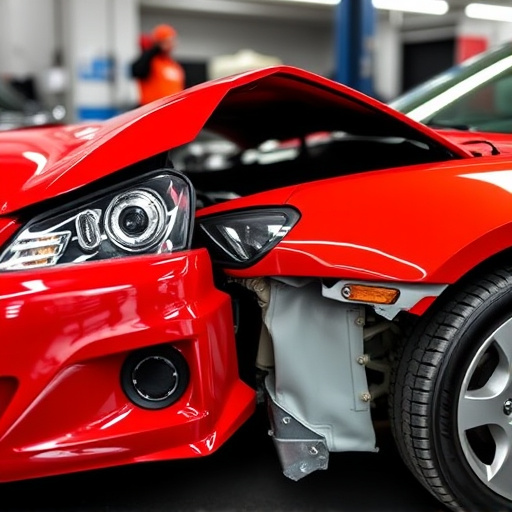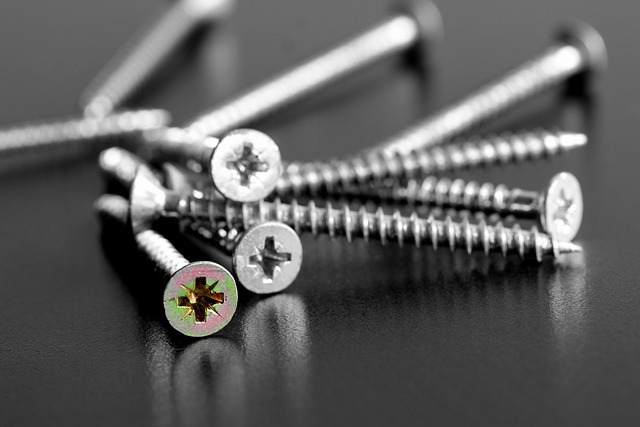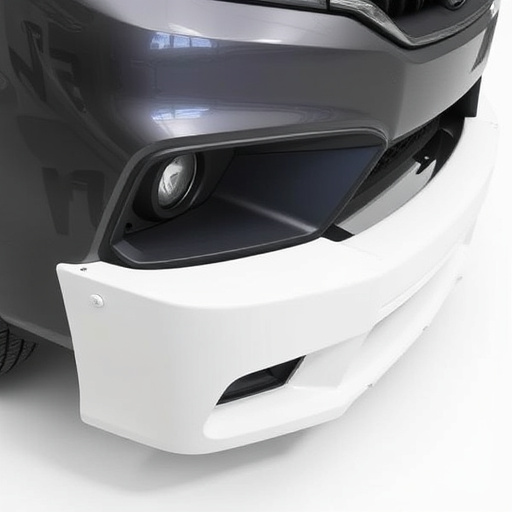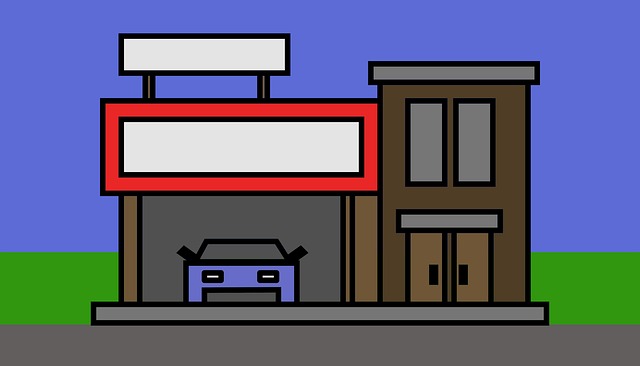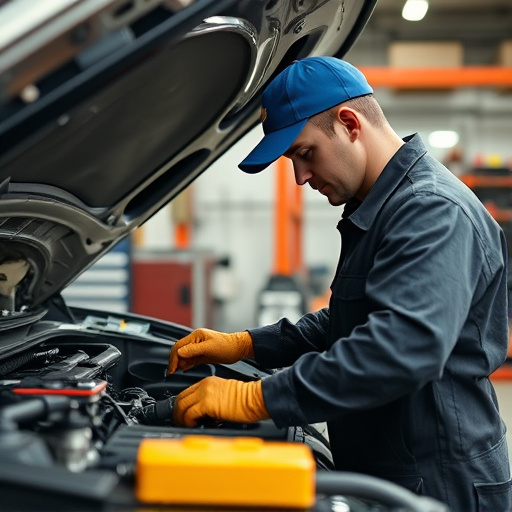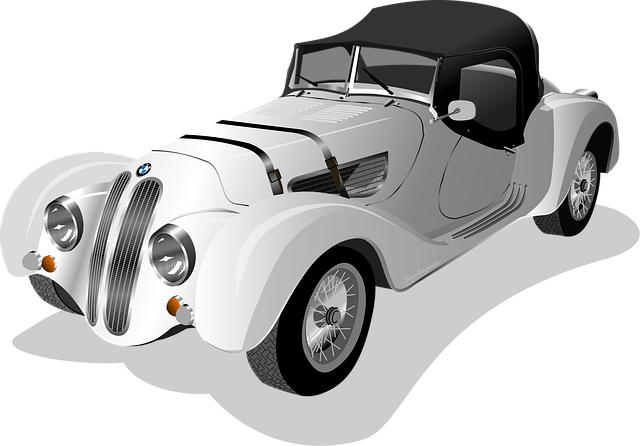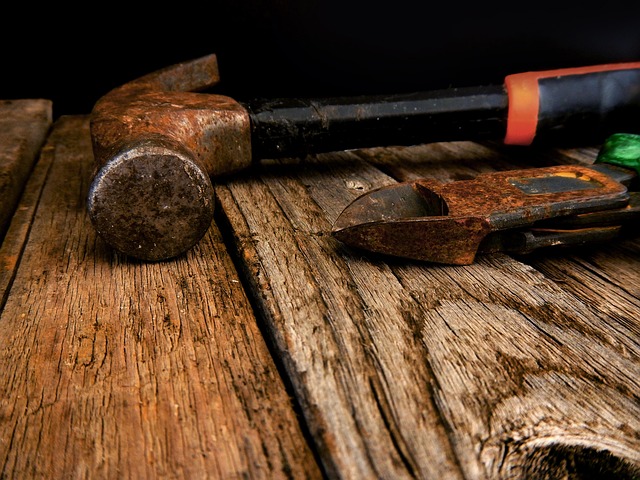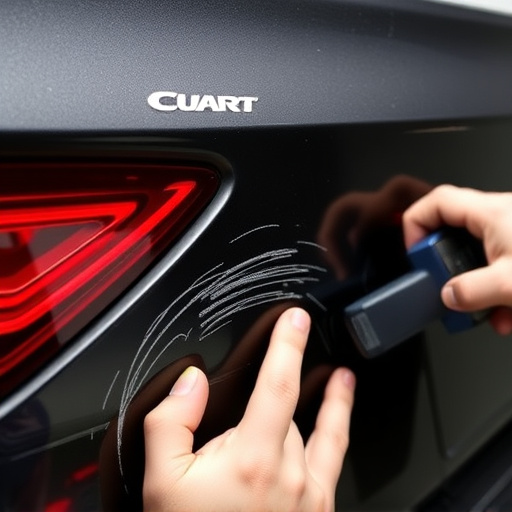Car frame damage, caused by accidents like rear-end collisions or rollovers, affects a vehicle's chassis. DIY repair is cost-effective but requires skill and quality parts; complex repairs may lack precision. Professional services offer advanced techniques, ensuring structural integrity with high-quality parts for significant damage. Choosing the right repair method—DIY vs. professional—is crucial for safety, reliability, and resale value, based on damage extent and complexity.
When it comes to repairing car frame damage, understanding your options is key. DIY methods can be appealing for their cost-effectiveness and self-sufficiency, but they come with risks if not executed correctly. Professional services offer expertise and guaranteed results, yet they carry a higher price tag. This article delves into the intricacies of car frame damage, comparing DIY vs professional repairs to help you make an informed decision based on severity, budget, and skill level, ensuring effective and safe restoration.
- Understanding Car Frame Damage: Causes and Types
- DIY vs Professional: Pros and Cons of Each Approach
- Choosing the Right Solution: Factors to Consider for Effective Repairs
Understanding Car Frame Damage: Causes and Types

Car frame damage refers to the structural harm caused to a vehicle’s chassis, often resulting from accidents or collisions. It can take various forms, including bent metal, misaligned panels, and compromised welds. Understanding the types of car frame damage is crucial for effective repair, whether opting for DIY solutions or seeking professional automotive body shop services.
Common causes range from rear-end collisions to rollovers, each leading to specific patterns of damage. For instance, a head-on collision might bend the frame around the impact zone, while a side impact could result in misaligned doors and fenders. Professional car repair services have the expertise to diagnose these issues accurately, ensuring that every component is addressed for a safe and reliable vehicle restoration.
DIY vs Professional: Pros and Cons of Each Approach
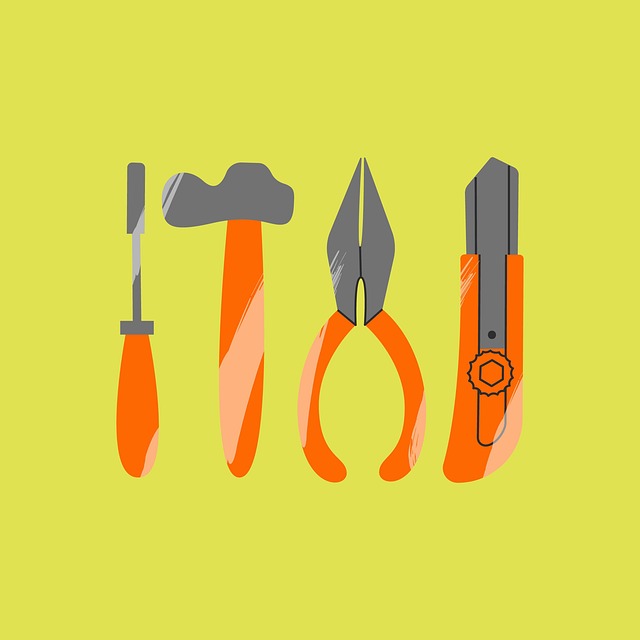
When considering car frame damage repair options, the choice between DIY and professional services is a significant decision. Each approach has its unique advantages and drawbacks.
DIY: Pros include cost-effectiveness, allowing you to save on labor expenses. It’s an attractive option for minor frame damages, as it empowers you to take control of the repair process. Online tutorials and kits provide step-by-step guidance, making it accessible for those with basic skills. However, for more complex damages, DIY methods may not offer the precision and structural integrity required, potentially compromising your vehicle’s safety. Additionally, sourcing quality parts and tools can be challenging, and mistakes could lead to further complications and costly repairs.
Professional: On the other hand, body shop services specialize in car frame damage repair, offering expertise and experience. Professionals utilize advanced equipment and techniques for accurate measurements and precise repairs, ensuring structural integrity. They also have access to high-quality parts, which can be crucial for long-term reliability. While this approach may be more expensive, it guarantees a safe and reliable restoration, often saving time and potential future costs associated with DIY mistakes. A vehicle body shop’s services are ideal for significant frame damage or complex repairs, ensuring your car is restored to its pre-accident condition.
Choosing the Right Solution: Factors to Consider for Effective Repairs
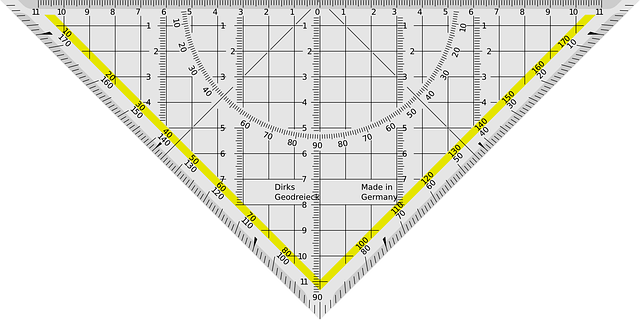
Choosing the right solution for car frame damage repair is paramount to ensure structural integrity and long-lasting results. Several factors come into play when deciding between DIY methods and professional auto body shops. Firstly, consider the extent and complexity of the damage. Simple bends or straightening can often be tackled effectively at home with specialized tools, but severe crashes may require complex welding and alignment techniques best handled by experts.
Secondly, accessibility and safety are crucial. Some repairs demand a well-equipped garage and adherence to safety protocols, especially when dealing with heavy metal frames and hazardous materials. While DIY enthusiasts may opt for cost-saving measures, professional auto body shops offer advanced equipment, trained technicians, and comprehensive services that guarantee precise repairs, enhancing vehicle safety and resale value. Weighing these factors will help in selecting the optimal approach for your car frame damage repair needs.
When it comes to car frame damage repair, understanding your options is key. While DIY methods can be tempting for cost-savers and enthusiasts, professional solutions often provide superior results, ensuring structural integrity and safety. By weighing the pros and cons of each approach and considering factors like skill level, time constraints, and desired outcome, you can make an informed decision for effective car frame damage repair.
